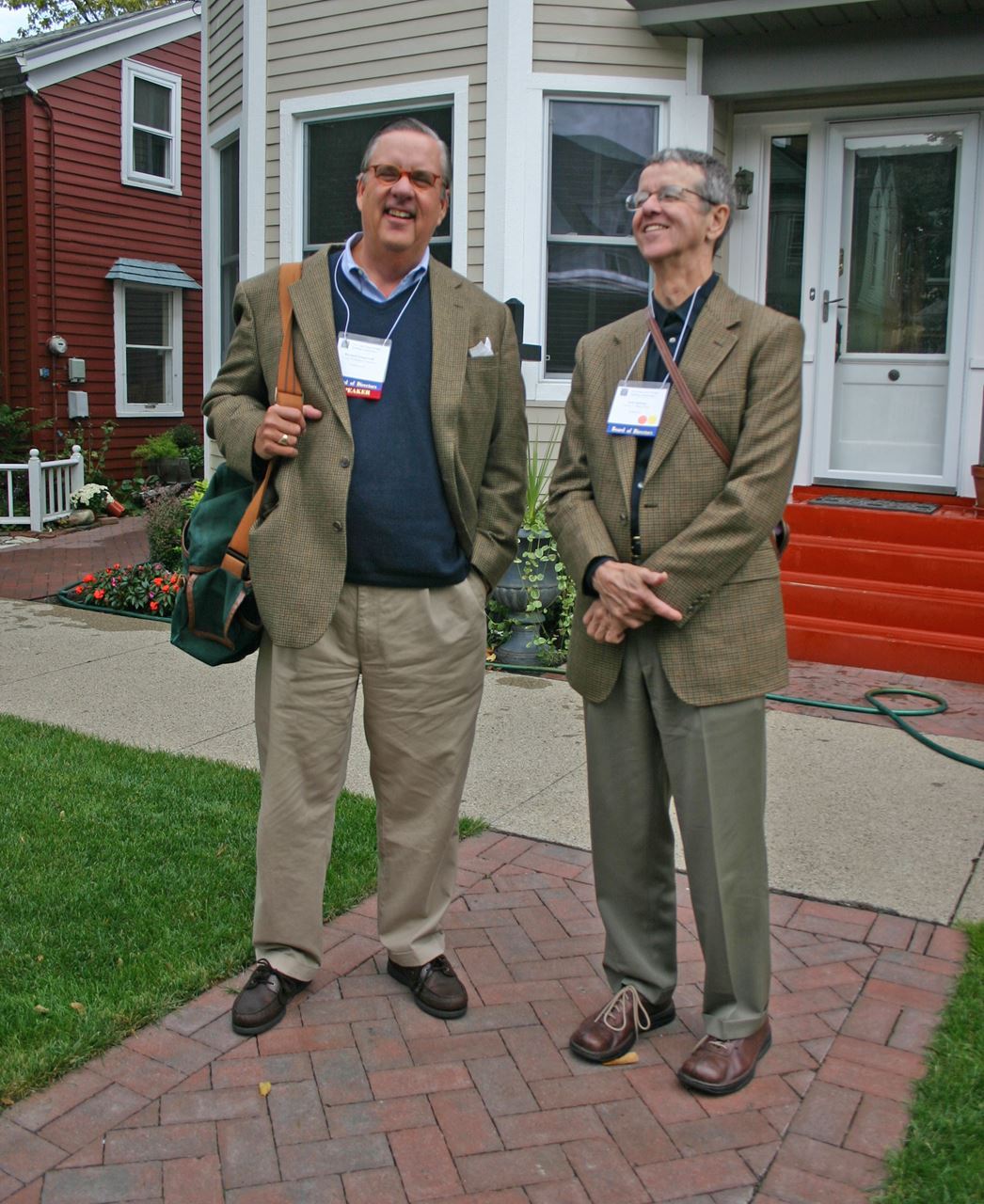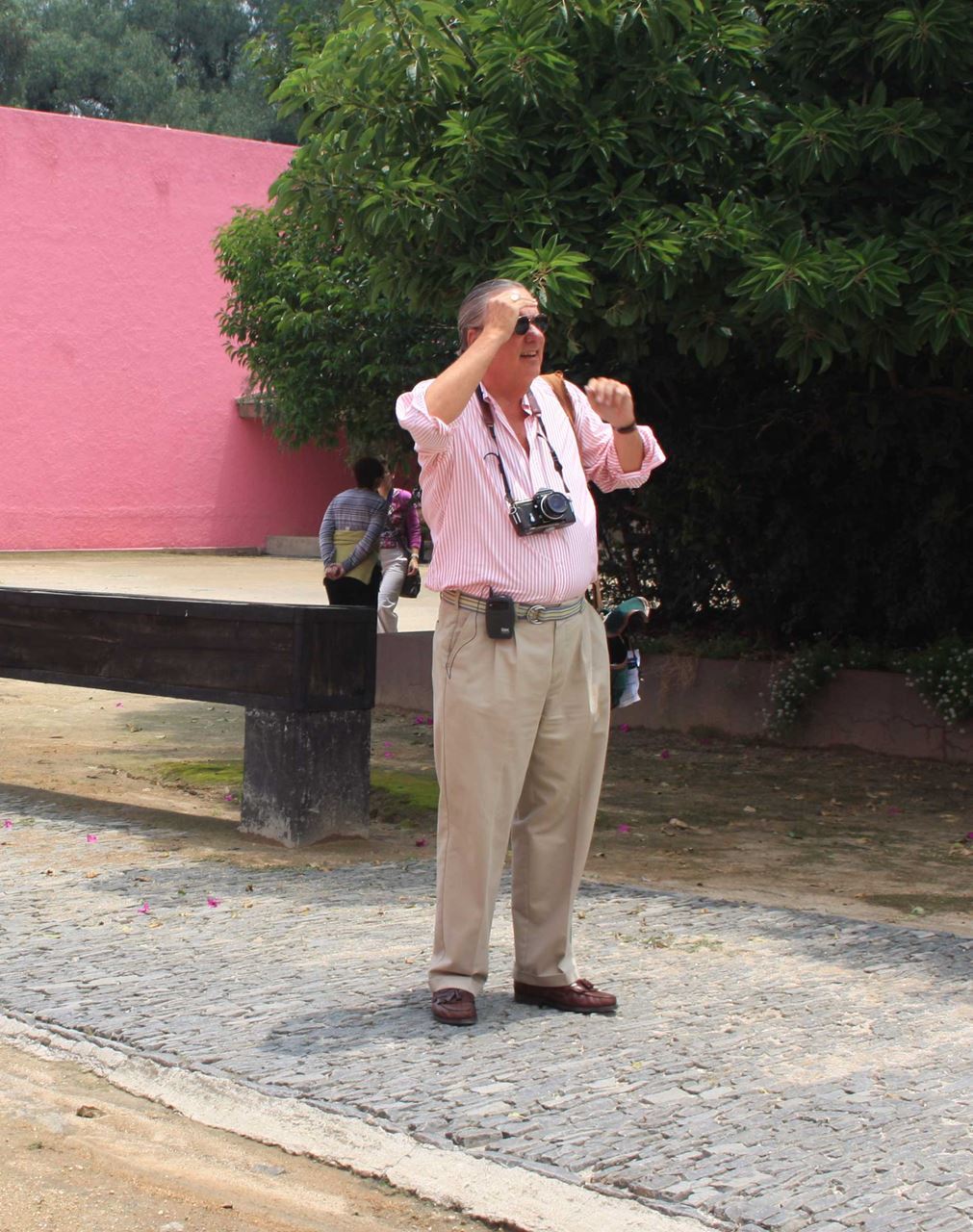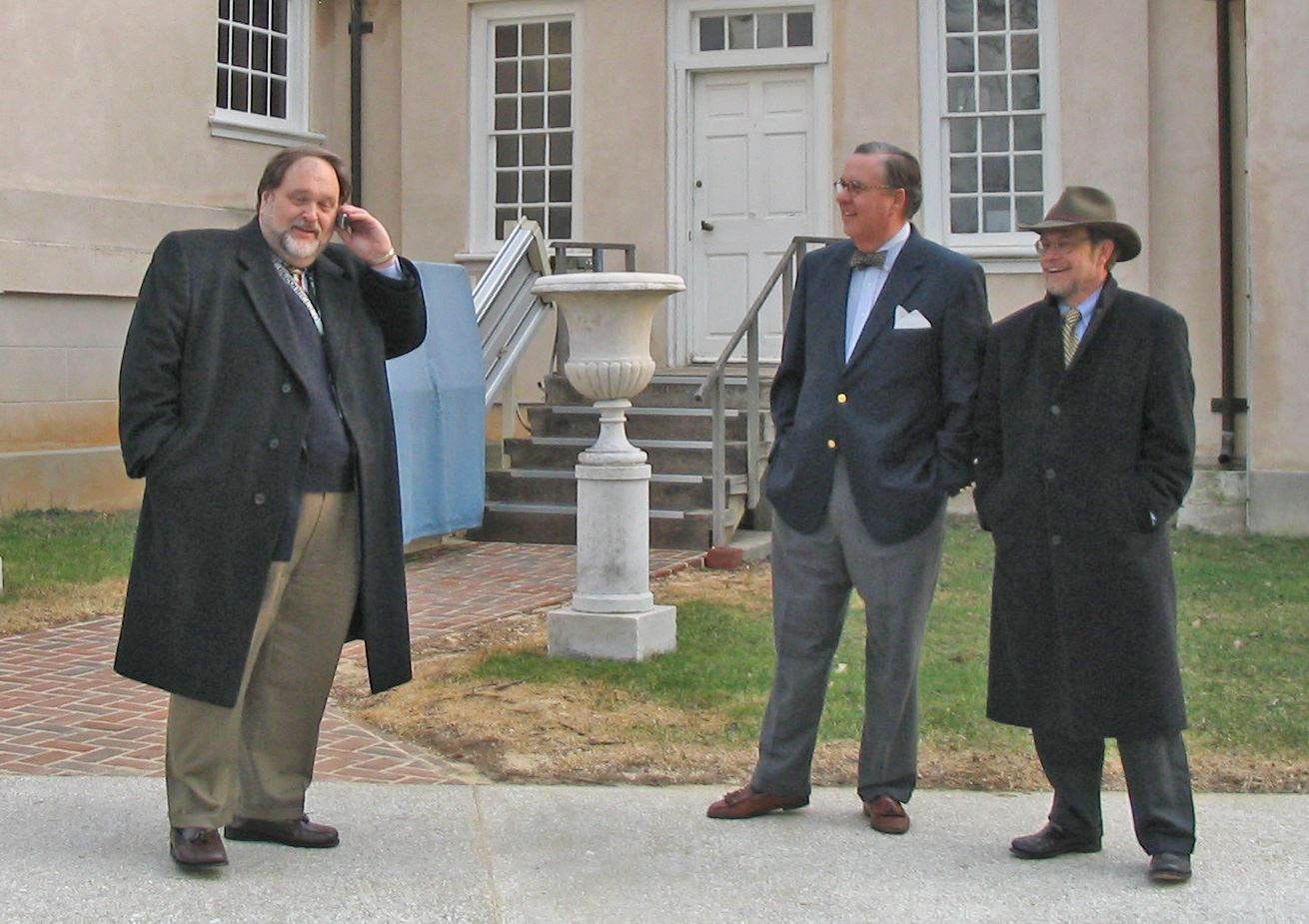- Home
- Awards & Fellowships
- Glassie Award
Henry Glassie Award

The Henry Glassie Award, first given in 1999, is named for the renowned vernacular architecture scholar and folklorist, and recognizes special achievements in and contributions to the field of vernacular architecture studies. It is awarded intermittently, as deemed appropriate by the VAF Board of Directors.
2019 Glassie Award
Remarks given by Ken Breisch at the 2019 Philadelphia Conference

As many of you know, the Henry Glassie Award was first presented by VAF in 1999 and is named for this renowned scholar of vernacular architecture and folklore. It recognizes special achievements in and contributions to the field of vernacular architecture studies, and is only awarded intermittently, as deemed appropriate by the VAF Board of Directors.
It is my great pleasure and honor tonight to announce that the winner of the 2019 Glassie Award is Professor of American Civilization, Emeritus, at the George Washington University, Dr. Richard Longstreth.
Since receiving his PhD at the University of California at Berkeley in 1977, early on at Kansas State University, and particularly as professor of American Studies and director of the Graduate Program in Historic Preservation at the George Washington University, Dr. Longstreth has secured his reputation as a great scholar, teacher, mentor and preservationist. Over the years, he has trained dozens of students who have gone on to become highly respected preservation professionals and scholars. Along with their mentor, they (and many of you are here this evening) have helped reshape the fields of architectural history and heritage conservation on multiple levels.
This was most evident to those of us who were fortunate enough to attend the symposium held in his honor earlier this week. His influence has extended far beyond that of his immediate students to the work of many of the most important scholars in our field.
Dr. Longstreth is himself one of the most highly respected of scholars in architectural history studies. In this realm, the term prolific is not nearly adequate enough to describe his work. He has published or edited more than fifteen books on a wide range of American architectural forms and types, including California regionalism at the turn of the last century, the Mall in Washington. D.C., and urban commercial and roadside vernacular buildings. His book, City Center to Regional Mall: Architecture, the Automobile, and Retailing in Los Angeles, 1920-1950, was recognized with no less than four awards by national academic organizations in the fields of historic preservation, and architectural and urban history. These honors included the 1998 Abbott Lowell Cummings Prize, which is bestowed by this organization annually to the publication that has made the most significant contribution to the study of vernacular architecture and cultural landscapes during the previous two years.
And I can personally attest that this book alone has reshaped that way that we way out on the West Coast have come to understand and view our city.
This masterful study of commercial development in Los Angeles and the impact of the automobile on the urban landscape, forms a companion of sorts to two other books by Dr. Longstreth, The Drive-In, the Supermarket, and the Transformation of Commercial Space in Los Angeles, 1914-1941, published in 1999 and more recently, The American Department Store Transformed, 1920-1960.
 In addition to writing and editing books, Richard has contributed to an astonishing array of other publications, including, but not limited to, the APT Bulletin, Architectural Record, The Harvard Architecture Review, the Historic Preservation Forum, Perspecta, Winterthur Portfolio, the Journals of the American Planning Association, the Society of Architectural Historians, and Urban History, as well as Buildings & Landscapes.
In addition to writing and editing books, Richard has contributed to an astonishing array of other publications, including, but not limited to, the APT Bulletin, Architectural Record, The Harvard Architecture Review, the Historic Preservation Forum, Perspecta, Winterthur Portfolio, the Journals of the American Planning Association, the Society of Architectural Historians, and Urban History, as well as Buildings & Landscapes.
In 2010 Dr. Longstreth, his students and alumni organized and hosted the annual conference of VAF in Washington, D.C. The guide for this meeting appeared as Housing Washington: Two Centuries of Residential Development and Planning in the National Capital Area, a volume also edited by Richard.
Over the years Professor Longstreth has also served on the boards of, and as an officer of numerous organizations. From 1989 to 1991, as first vice president of the Vernacular Architecture Forum; 1998 to 2000, as president of the Society of Architectural Historians, and president of the Frank Lloyd Wright Building Conservancy from 2013 to 2015). He was a trustee of the National Building Museum from 1988 to 1994, and a board member of Preservation Action, 1980 to 1995; the Historical Society of Washington, D.C., 1994 to 1998; and a member of the National Historic Landmarks Advisory Group from 1989 to 1994, He has also served on and chaired the Maryland Governor's Consulting Committee on the National Register of Historic Places.
Dr. Longstreth is himself one of the most highly respected of these scholars in vernacular studies—but also it the field of historic preservation. He has figured prominently in efforts to save significant historic properties of nearly every ilk, especially those dating to the mid and late twentieth-century. He has written extensively on the significance of these historic resources, as well as other often misunderstood and under-appreciated buildings and places, especially in the realm of vernacular building. Several of his articles in this arena have become classics in the field and decades later continue to be cited frequently, and they have in numerous cases contributed to the reshaping of federal preservation policies—or the way they are interpreted and implemented. The most important of these essays were collected in his book, Looking Beyond the Icon, which was published in 2015.

Although some of you may not know Richard—probably not many—, you will probably recognize him as the big guy with the big camera bag seated in either the first or second row of our tour buses, so that he can be among the first off to set up his tripod and photograph whatever site we may be visiting. Many of you will also recall that this prime location on the bus—no matter where it seemed we were travelling, whether the backroads of New Mexico or somewhere in Utah, Kansas, Wisconsin—or the other day in Philadelphia--allowed him to “borrow” the microphone from our tour guide in order to inform us of some obscure little gem we were about to see around the next curve in the road.—because he had already been there some years before!! Or to add some obscure antic dote about the place we were passing. If not that, you probably have heard his booming voice, at some reception or other, ordering us to be quiet so that some announcement could be heard, or speaker introduced.
I have been honored and—amused--to know Richard for more than three decades and--given his immense contributions to our understanding of the American landscape in its many and varied forms, I cannot express how deeply he deserves this award this evening.

